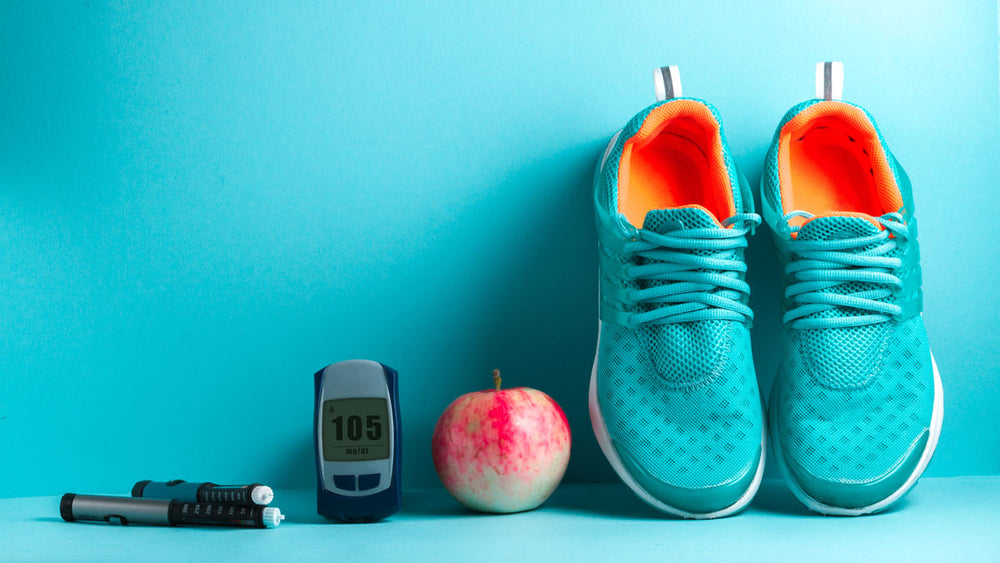Unraveling the Mystery of SIBO: Understanding the Underlying Causes
If you've been experiencing persistent bloating, gas, or unexplained digestive discomfort, there may be more to the issue than meets the eye. Small Intestinal Bacterial Overgrowth—better known as SIBO—is a condition where bacteria that should stay in other parts of the gut start growing where they don't belong: the small intestine.
But SIBO isn't just about bacteria. It's the result of a complex interplay of factors, including gut health imbalances and the way your intestines process food. In this article, we'll delve into the causes of SIBO, the challenges of diagnosis, and how personalized treatments can make a significant difference.
The Complex Nature of SIBO: A Multifactorial Disorder
The Role of Gut Microbiota Imbalance
Your gut is home to trillions of bacteria, collectively known as microbiota. Bacteria live in both the large intestine (colon), which holds about 95% to 99% of the total gut microbiota, and the small intestine, which contains 1% to 5% of the total gut microbiota. The microbiota, in part, determines the normal function of both the small and large intestine. It plays a role in the fermentation of undigested carbohydrates, the production of short-chain fatty acids (SCFAs), the synthesis of certain vitamins (such as K and B vitamins), and immune modulation, which predominantly occurs in the large intestine.
When too many bacteria end up in the small intestine, a condition known as Small Intestinal Bacterial Overgrowth (SIBO), the normal function of that part of the gut, which is primarily responsible for nutrient absorption, is disrupted by increased fermentation, making it harder for the body to digest and absorb nutrients properly. This imbalance often leads to symptoms like bloating, discomfort, and irregular bowel movements.
The Impact of Small Intestinal Motility Disorders
The movement inside your gut, known as "motility," is key to keeping things in check. When motility slows down, bacteria can linger and multiply in the small intestine. Multiple conditions may alter intestinal motility, including neurological, metabolic, and endocrine disorders, connective tissue diseases, muscular disorders, post-surgical causes, and functional disorders such as irritable bowel syndrome (IBS), infections, and even certain medications can disrupt these natural waves, setting the stage for SIBO.
Identifying Potential Triggers and Risk Factors
Diet and lifestyle play a significant role in gut health. Diets high in processed foods and low in fiber can feed bacterial overgrowth. A sedentary lifestyle and chronic constipation also slow things down, giving bacteria extra time to settle in the wrong places.
Certain medical conditions—including diabetes, hypothyroidism, celiac disease, Crohn's disease, and past GI surgeries like gastric bypass—can all raise your risk of SIBO. Additionally, medications such as proton pump inhibitors (PPIs), which lower stomach acid, can reduce the gut's natural defenses against unwanted bacteria.
Stress isn't just in your head—it can hit your gut hard, too. Chronic stress and anxiety can slow gut motility and alter your microbiome through the gut-brain axis. Over time, this makes it easier for bacterial imbalances, such as SIBO, to take hold.
Diagnostic Challenges and Emerging Research
The most common symptoms of SIBO overlap with other gastrointestinal conditions, which often makes it difficult to diagnose. However, symptoms such as bloating, abdominal discomfort or pain, flatulence and belching, diarrhea, constipation, nausea, early satiety, fatigue, or brain fog reflect bacterial fermentation, malabsorption, and intestinal inflammation.
Getting a SIBO diagnosis isn't always simple. Traditional methods, such as blood tests and stool tests, often fail to provide a comprehensive picture or directly sample the small intestine, which is an invasive procedure rarely performed, resulting in many people remaining undiagnosed.
Thankfully, non-invasive breath tests, like lactulose or glucose breath tests, have become more common. These tests detect hydrogen and methane gases produced by bacteria in the gut. They're not perfect, but they've made diagnosing SIBO quicker, easier, and more accurate than ever before.
Personalized Treatment Approaches: Addressing the Root Causes
Understanding the reasons for changes in an individual's gut environment is crucial for managing and prognosing SIBO, as well as other vital approaches that extend beyond that specific treatment.
Dietary changes are often one of the first and most powerful steps. Many people find relief with a Low FODMAP diet, which reduces the intake of fermentable carbs that bacteria love to feed on. Some even use elemental diets—special liquid formulas—to help reset the gut.
Probiotics can sometimes be a game-changer for SIBO recovery. While they were once controversial, new research indicates that certain strains can help rebalance the gut microbiome without exacerbating symptoms. Prebiotics should be introduced carefully—they feed good bacteria but can also aggravate symptoms if used too soon.
For some people, diet alone isn't enough, so doctors prescribe antibiotics, including Rifaximin, to prevent bacterial overgrowth. Other options are herbal antimicrobial treatments.
Conclusion
Since SIBO isn't just about harmful bacteria, it is also about motility, a disrupted microbiome, dietary habits, and stress that need to be considered. Identifying the real triggers behind SIBO can open the door to better, longer-lasting solutions.
Smarter breath tests, personalized diets, and targeted probiotics are helping people move beyond frustration and finally start healing.
If you're struggling with ongoing digestive symptoms, know that recovery is possible with a personalized plan tailored to your body's specific needs.
But whether using medications or herbs, it's crucial to tackle the underlying issues—like motility problems—to prevent SIBO from coming back.
-
Chey, W. D., Kurlander, J., & Eswaran, S. (2015). Irritable bowel syndrome: A clinical review. JAMA, 313(9), 949–958. https://doi.org/10.1001/jama.2015.0954
-
Ghoshal, U. C., & Ghoshal, U. (2017). Small intestinal bacterial overgrowth and irritable bowel syndrome: A bridge between functional organic dichotomy. Gut and Liver, 11(2), 196–208. https://doi.org/10.5009/gnl16074
-
Pimentel, M., Saad, R. J., Long, M. D., & Rao, S. S. C. (2020). ACG clinical guideline: Small intestinal bacterial overgrowth. The American Journal of Gastroenterology, 115(2), 165–178. https://doi.org/10.14309/ajg.0000000000000501
-
Rezaie, A., Buresi, M., Lembo, A., Lin, H., McCallum, R., Rao, S., Schmulson, M., & Pimentel, M. (2017). Hydrogen and methane-based breath testing in gastrointestinal disorders: The North American Consensus. The American Journal of Gastroenterology, 112(5), 775–784. https://doi.org/10.1038/ajg.2017.46
-
Zhu, X., Li, J., & Zhu, S. (2022). Role of probiotics in the treatment of small intestinal bacterial overgrowth: A systematic review and meta-analysis. Frontiers in Nutrition, 9, 846972. https://doi.org/10.3389/fnut.2022.846972
























Comments
Join The Conversation...